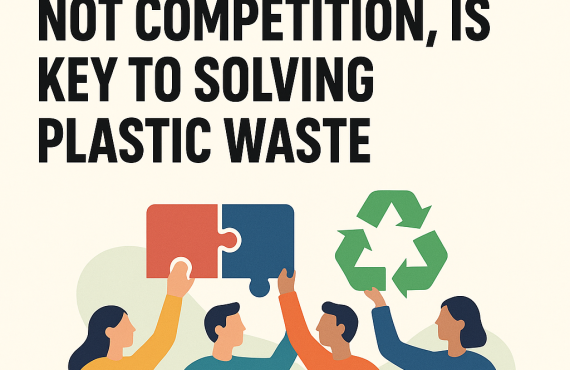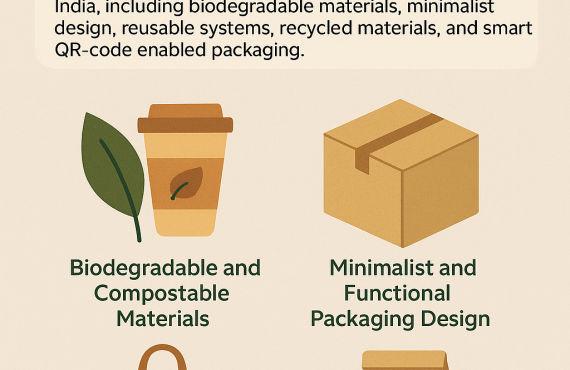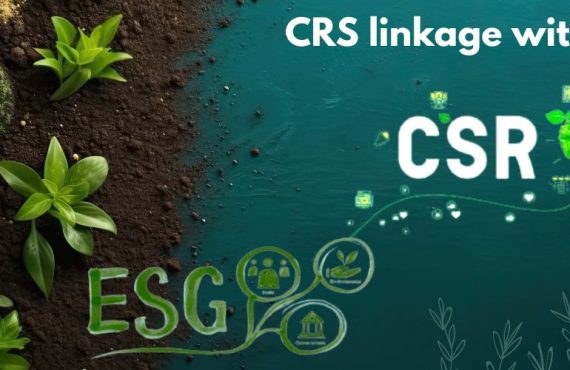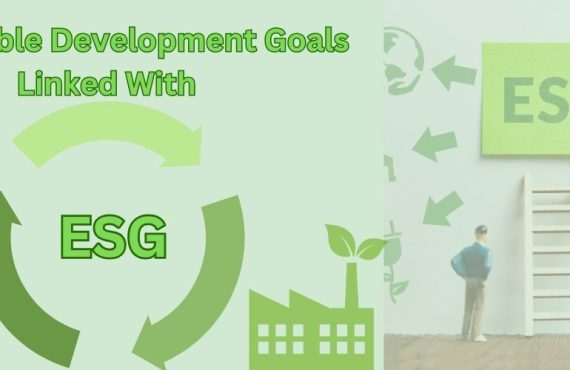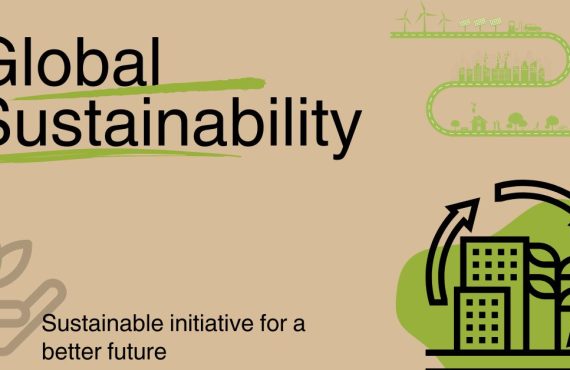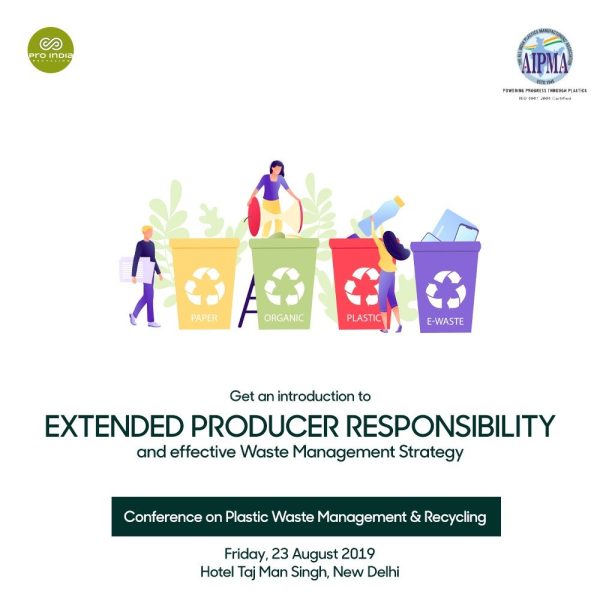“Can planting trees really save the planet?”
Nature-Based Solutions (NBS) have taken center stage in the climate change conversation, offering a hopeful path forward through reforestation, wetland restoration, and regenerative agriculture. These solutions promise not only to combat greenhouse gas emissions but also to restore ecosystems and improve livelihoods.
But is it really that simple? Critics point to scalability, permanence, and equity challenges. Are we overhyping NBS as a magic bullet, or are we failing to recognize their true potential? Let’s dive into this hot-button issue with fresh eyes.
What Are Nature-Based Solutions?
Nature-Based Solutions leverage the power of ecosystems to address societal challenges—especially climate change.
Key strategies include:
- Tree Planting & Reforestation: Capturing CO2 through forests.
- Wetland Restoration: Absorbing carbon while improving biodiversity.
- Soil Carbon Sequestration: Using agricultural practices to store carbon in soils.
(Example: Tree planting addresses emissions, biodiversity loss, and water regulation.)
The Promises of NBS
Advocates emphasize the triple benefits of NBS:
- Carbon Sequestration
Trees and soils naturally capture CO2, helping to offset emissions from industries like transport and energy. - Biodiversity Boost
Restoring degraded lands fosters diverse plant and animal life, creating resilient ecosystems. - Community Empowerment
Sustainable forestry and regenerative farming improve livelihoods while building climate resilience.
Example: Initiatives like the Great Green Wall in Africa aim to restore 100 million hectares of land by 2030, creating jobs and storing carbon.
The Criticism: Overhyped Potential?
Despite their benefits, NBS face several criticisms:
- Scalability Is a Challenge
- Where do we find enough land to plant billions of trees? Competition for land use—agriculture, housing, and industry—is a persistent issue.
- Monoculture tree plantations, often used for quick results, can harm soil health, water availability, and biodiversity.
- Carbon Storage May Be Temporary
Forests can lose stored carbon through wildfires, deforestation, or pests, making them less reliable than industrial carbon capture technologies.
- Offsetting vs. Real Reduction
Some argue that NBS enable polluters to buy carbon offsets instead of reducing their own emissions. The result? A slower transition to clean energy.
- Ethical Concerns
Poorly planned projects can displace indigenous communities and fail to consider local needs. Without equity at the core, NBS risk becoming exploitative.
(Example: A monoculture plantation may sequester carbon but harm biodiversity.)
The Case for Undervaluation
Supporters of NBS argue that their potential is misunderstood and often underestimated:
- Beyond Carbon Metrics
Nature-Based Solutions provide more than carbon storage. They enhance water security, prevent soil erosion, and reduce flood risks.
- Partnership Potential
Collaborating with local and indigenous communities improves project outcomes. Traditional knowledge ensures sustainable practices and community buy-in.
- Room for Innovation
Advances in agroforestry, biochar, and wetland restoration are unlocking new ways to scale NBS effectively and sustainably.
Example: Eden Reforestation Projects partners with local communities, planting over 700 million trees worldwide while generating employment.
What’s the Right Balance?
The truth lies somewhere in between. NBS are not a standalone solution, but dismissing them outright is shortsighted. The key is in how we implement them.
To Make NBS Effective:
- Integrate with Other Solutions: Combine NBS with emission reductions and clean energy policies.
- Measure Impact: Use robust carbon accounting frameworks to track and verify results.
- Focus on Equity: Design community-led projects to ensure benefits are shared.
- Prioritize Biodiversity: Avoid monocultures in favor of diverse, resilient ecosystems.
Conclusion: Let’s Reframe the Debate
Nature-Based Solutions have sparked controversy for a reason: they’re a big idea with big challenges. But when implemented thoughtfully, they’re a vital piece of the climate action puzzle.
Key Takeaway: NBS should be a complement—not a substitute—to emission reductions and industrial innovation.
As we navigate the complexities of climate action, it’s clear that every tool in the toolbox matters. By fostering collaboration, innovation, and accountability, we can ensure that Nature-Based Solutions live up to their promise—not their hype.
(Example: NBS complement renewable energy, efficiency, and carbon capture technologies.)
What’s Your Opinion?
Do you think Nature-Based Solutions are a game-changer, or do they fall short? Share your thoughts below.
Looking to integrate Nature-Based Solutions into your sustainability strategy? Contact us for expert guidance on carbon accounting, assurance, and impact measurement.
#NatureBasedSolutions #Sustainability #ClimateAction
Read more :The Importance of Achieving Net Zero Emissions by 2050: A Crucial Step for Global Sustainability.



